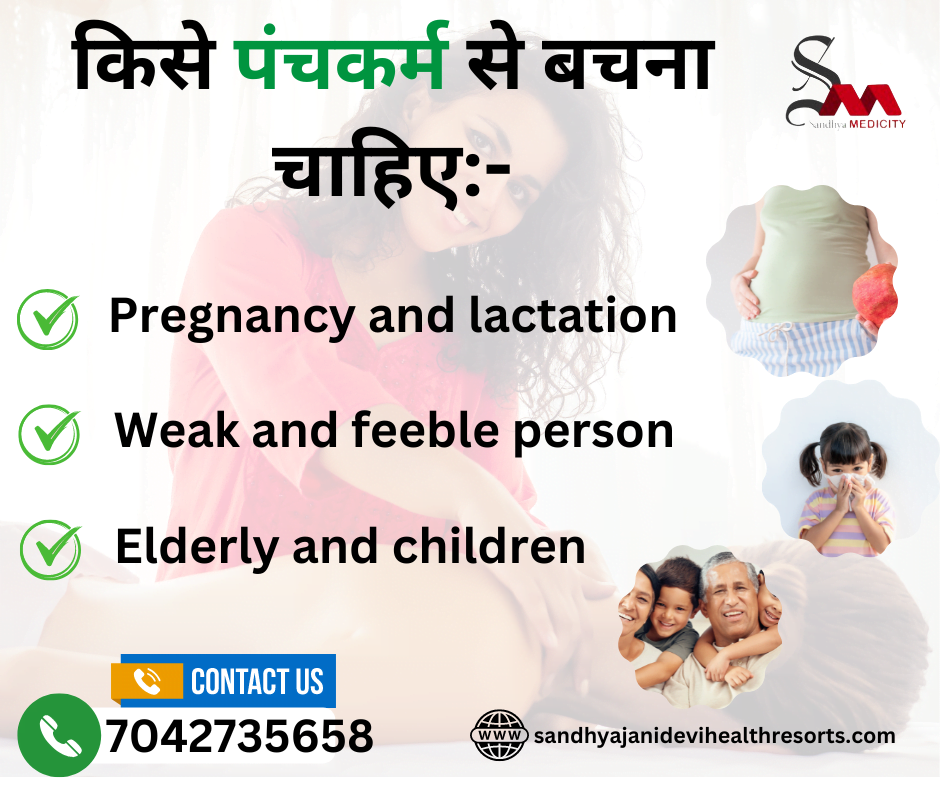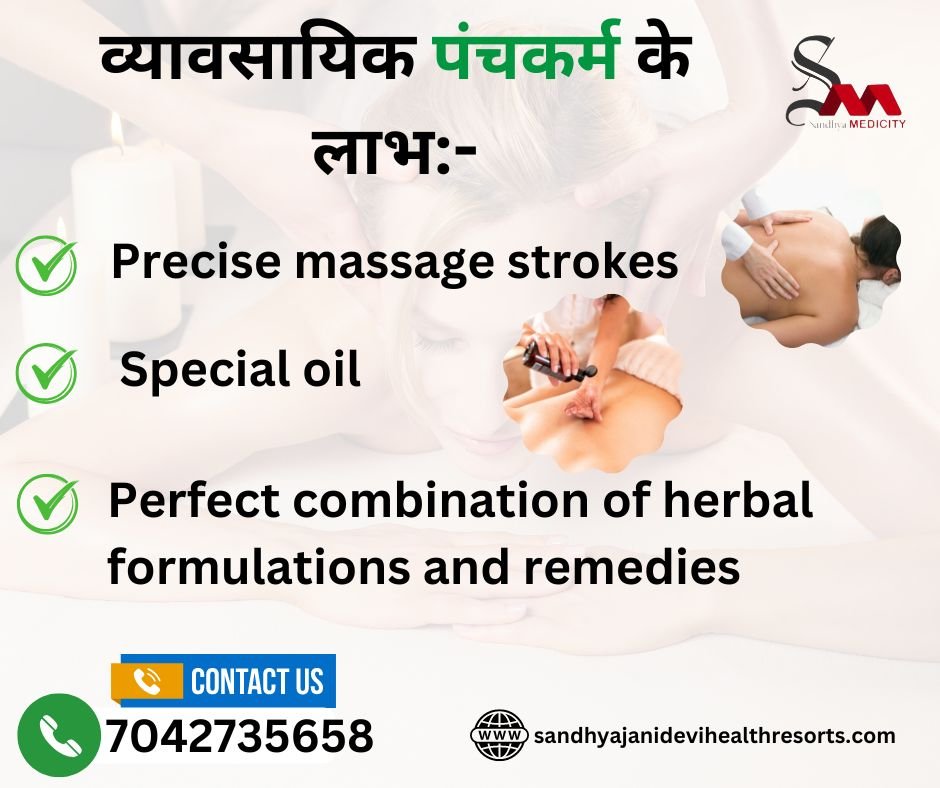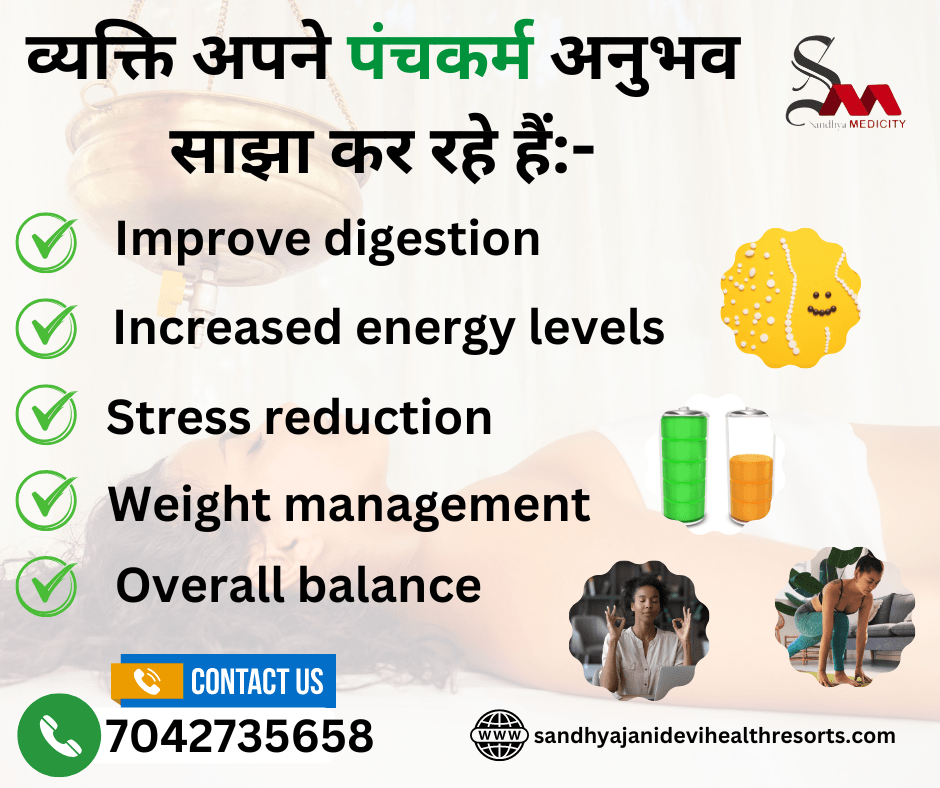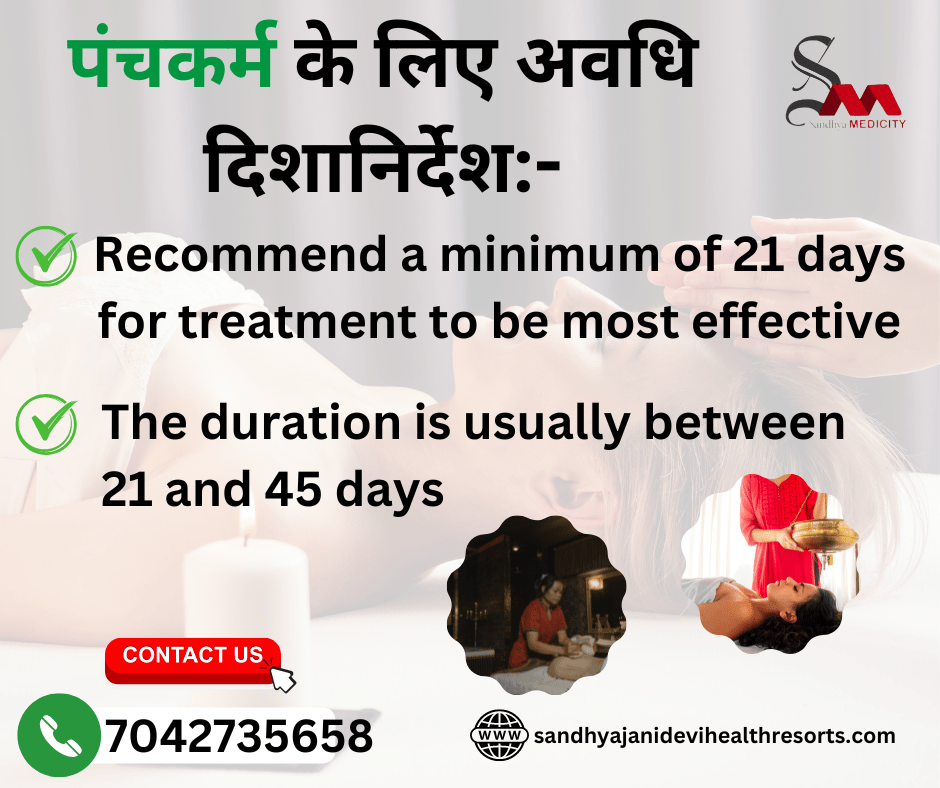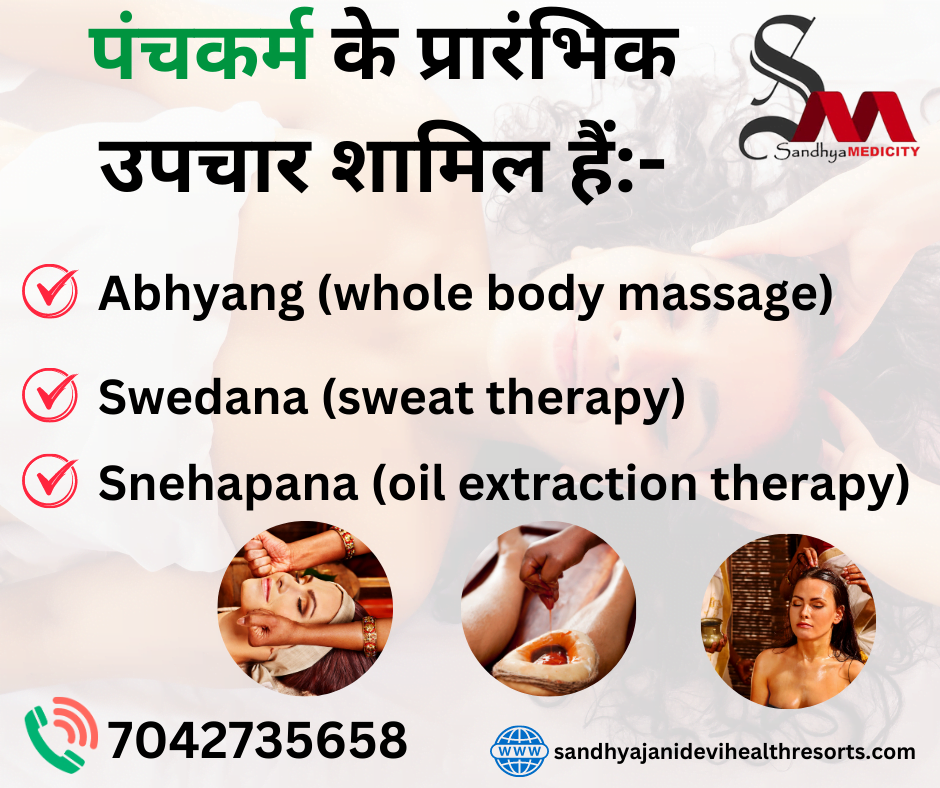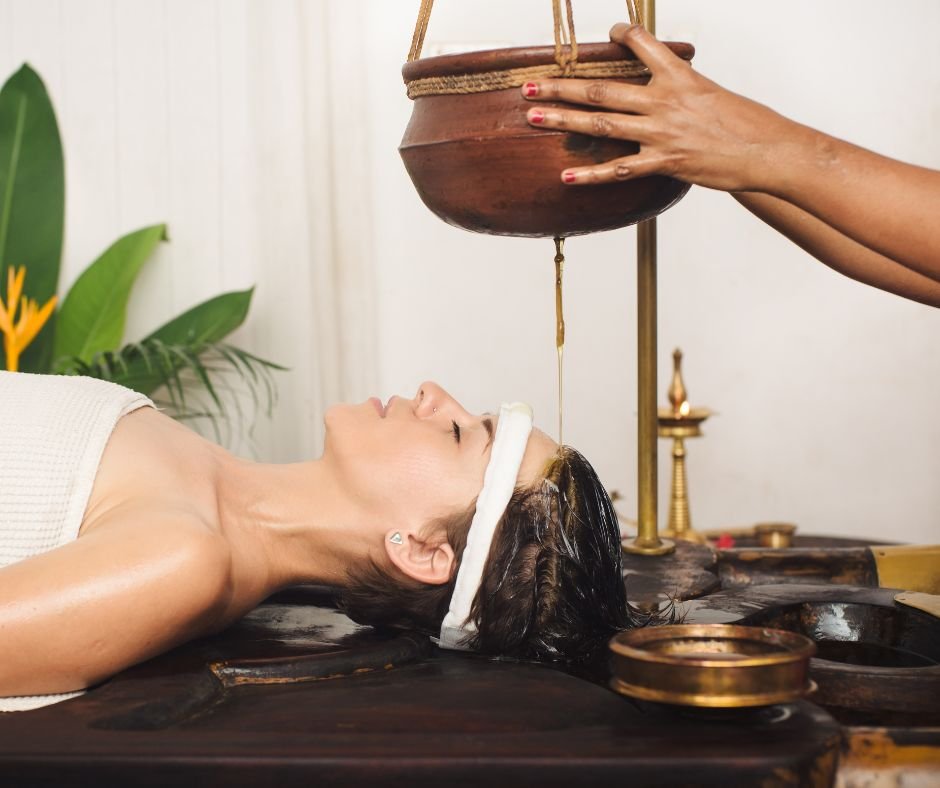Piles Treatment with 5 causes in 2024
Piles treatment, also known as hemorrhoids, are swollen veins in the lower rectum and anus. They are similar to varicose veins and can be internal (inside the rectum) or external (under the skin around the anus). While they can be uncomfortable and sometimes painful, they are usually not serious. Understanding the symptoms, causes, and treatment options for piles can help manage the condition effectively. Symptoms of Piles The symptoms of piles vary depending on the type and severity. Common symptoms include: It’s important to consult a healthcare provider if you experience these symptoms, as they can also be indicative of other more serious conditions. Causes of Piles Piles treatment develops from increased pressure in the lower rectum. Factors that might cause this pressure include: Piles Treatment Options There are several piles treatment options available, ranging from lifestyle changes and home remedies to medical and surgical interventions. Lifestyle Changes and Home Remedies Medical Treatments Surgical Treatments Best Hospital for Piles Treatment Choosing the best hospital for piles treatment is crucial for effective management and recovery. The best hospitals offer a combination of experienced specialists, advanced technology, and comprehensive care. Here are some factors to consider when selecting a hospital for piles treatment: Dietary Recommendations for Piles Treatment Diet plays a crucial role in the treatment and prevention of piles. Here are some piles treatment food recommendations: Preventive Measures for Piles In addition to treatment, there are several preventive measures that can help reduce the risk of developing piles: Conclusion Piles treatment are a common condition that can cause discomfort and pain, but they are manageable with the right treatment and lifestyle changes. Recognizing the symptoms of piles early and seeking appropriate treatment can prevent complications and improve quality of life. Whether through home remedies, medicines for piles, or surgical interventions, there are numerous effective options available. Selecting the best hospital for piles treatment and incorporating piles treatment food recommendations into your diet are essential steps towards managing and preventing this condition. By taking proactive measures, you can significantly reduce the risk of developing piles and ensure a healthier, more comfortable life.
Piles Treatment with 5 causes in 2024 Read More »


